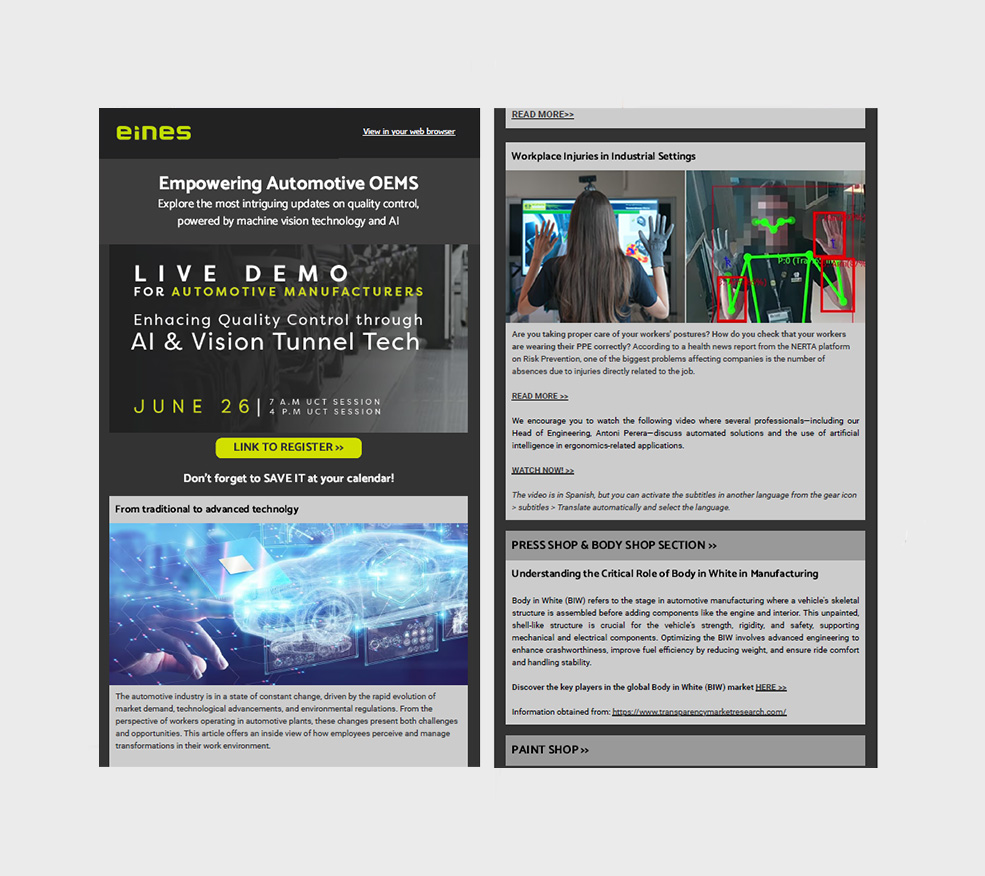The escalating tariff war, reignited by the United States, is poised to reshape global supply chains and production dynamics within the automotive sector. With significant repercussions for both manufacturers and suppliers, especially in Europe, this development requires close attention from OEMs and Tier 1 players alike.
A Global Trade Landscape in Flux
The U.S. has recently intensified its protectionist stance, introducing tariffs targeting imports from Europe, China, Mexico, and Canada. While intended to bolster domestic manufacturing, these measures are sending ripples through the interconnected web of global supply chains.
For the European automotive industry, this means:
- Increased production costs for vehicles and parts exported to the U.S.
- Supply chain disruptions, especially for microchips, electronic control units, and materials like aluminum and steel.
- Stronger pressure on operational efficiency, as OEMs are forced to reassess sourcing strategies.
Impact in the Automotive Giants?
Germany, the powerhouse of European automotive production, is particularly vulnerable:
- Volkswagen: 80% of its U.S. market vehicles are built in Mexico and Canada.
- Mercedes-Benz: 63% of its American sales are manufactured in neighboring countries.
- BMW: 52% follows a similar route.
Although many production facilities are located in North America, the 25% tariff on non-U.S. components means even vehicles assembled in Mexico or Canada are affected.
Luxury brands like Ferrari are already preparing to raise their U.S. prices by 10%, absorbing the increased tariff load without significantly hurting their positioning.
Implications for Tier 1’s Supppliers and B2B Tech firms
Companies offering automation and vision systems are facing new challenges:
- Weaknesses: There is no physical headquarters in the U.S., which exposes the company to delays in purchasing decisions due to uncertainty, and It Impacts cash flow from payment delays.
- Threats: More demanding technical specifications, local competition becoming more cost-effective, and client investment reluctance.
- Strengths: Expansion into the U.S. market has already begun, and premium positioning means pricing sensitivity is lower.
- Opportunities: Luxury and high-performance segments remain less affected, and diversification into Asia and Latin America and push for reshoring create demand for smart factories and vision automation.
Strategic Outlook and Recommendations
Industry experts like Borja Ruiz-Mateos emphasize strategic foresight. European companies must assess:
- Whether to pursue alternative financing, including government-backed instruments.
- How to restructure supply chains, sourcing locally or from tariff-free regions.
- The need to accelerate digitalization, using AI-based systems for predictive maintenance, inspection, and production control.
- Governments like Spain’s are stepping in with guarantees and support mechanisms. But execution takes time.
What Automotive Players should do now
- Audit your supply chain exposure: Understand where tariffs impact your sourcing and delivery.
- Evaluate your North American strategy: Production, partnerships, and presence.
- Double down on AI and automation: These tools improve resilience and cost-efficiency.
- Follow European funding programs: InvestAI and similar frameworks could help offset the tariff shock.
Final Thought
The global tariff shifts are not just a challenge—they’re a wake-up call. For automotive manufacturers and tech suppliers alike, this is the time to reassess, restructure, and reposition. European excellence in quality and innovation must now be backed by agility and strategic foresight.
Source: https://chinawatch.elpais.com/economia/los-aranceles-de-estados-unidos-podrian-alterar-las-cadenas-de-suministro-en-todo-el-mundo/









